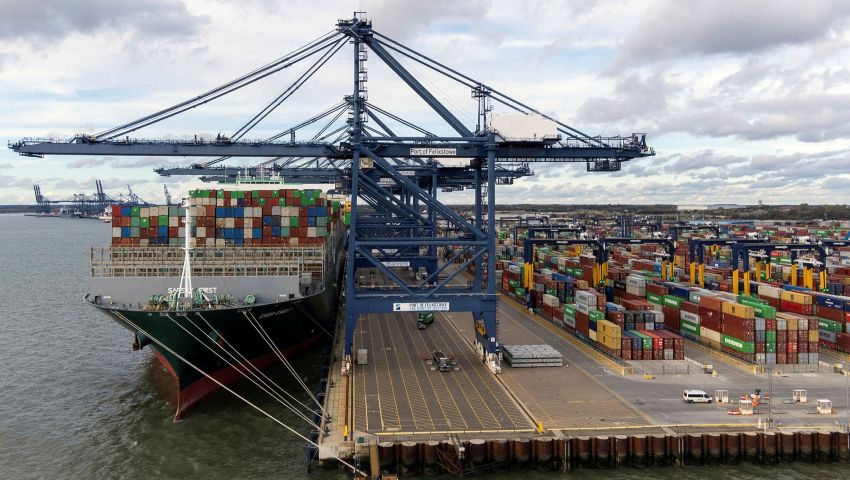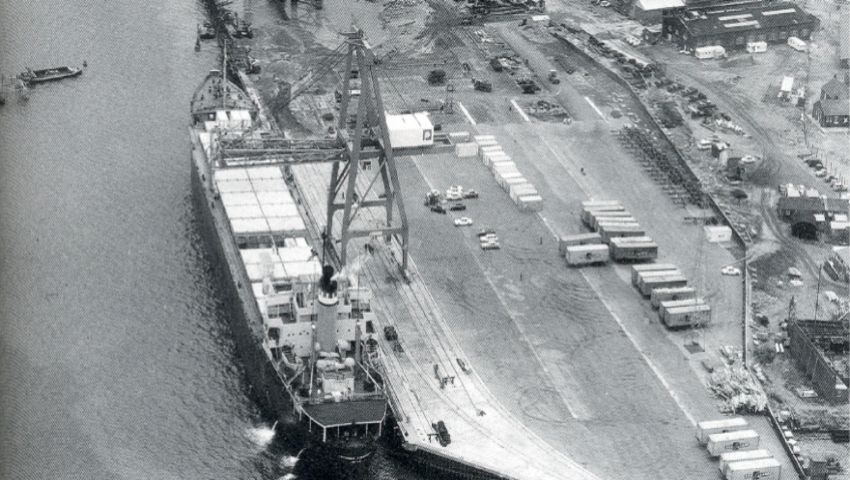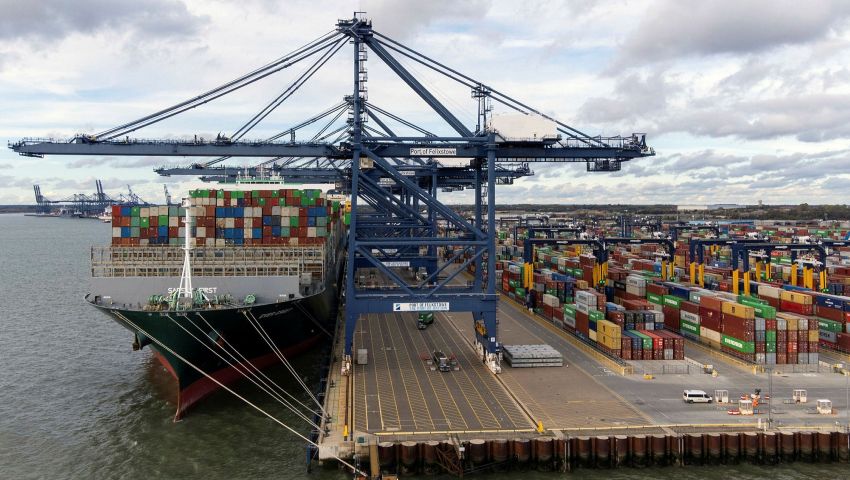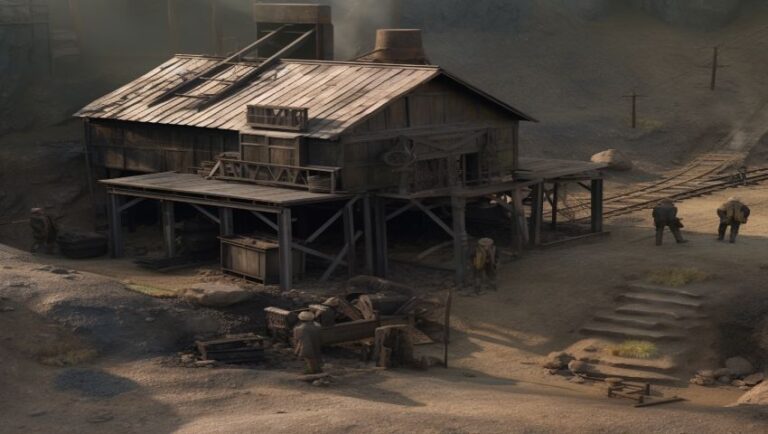Port of Felixstowe … A Comprehensive Guide 2023
The Port of Felixstowe located in Suffolk, England, is the largest container port in the country and one of the busiest in Europe. With its strategic location on the east coast of England, it serves as a gateway to other parts of the UK and Europe, facilitating trade between various nations. The port has adapted to meet modern shipping demands with state-of-the-art equipment and technology, ensuring speedy and efficient handling of cargo.
In this article, we’ll dive deep into the history, infrastructure, economic impact, and future prospects of this essential port.

Introduction
Overview of the Port of Felixstowe
The Port of Felixstowe, located on the southeast coast of England in Suffolk, is the United Kingdom’s largest and busiest container port. It handles over 40% of the nation’s containerized trade, making it a crucial gateway for international commerce.
Importance of the port in the United Kingdom and global trade
The port plays a vital role in the UK and global trade, connecting the country to more than 400 ports worldwide. Its strategic location and excellent infrastructure make it an indispensable hub for importers, exporters, and shipping lines.
Purpose of the blog post
In this post, I aim to provide a comprehensive overview of the Port of Felixstowe, highlighting its significance to the UK economy and the international trade landscape. Join me as we uncover the fascinating story behind this key port.
History of the Port of Felixstowe
Origins and early development
- 19th century: Small dock serving the local area
- 1951: Major expansion with the construction of a new deep-water quay
- 1967: Introduction of container handling facilities
Expansion and growth
- 1980s-1990s: Investment in new terminals and infrastructure
- 2000s: Continued expansion to accommodate larger vessels
Role during World War II
- Naval base for the Royal Navy
- Key location for the assembly of the Mulberry Harbours
Privatization and modernization
- 1991: Sold to Hutchison Ports
- Ongoing investments in state-of-the-art equipment and technology

Port Facilities and Infrastructure
Berths and quay facilities
- Total quay length of 3.6 km
- Able to accommodate the world’s largest container ships
Container terminals
- Trinity Terminal
- 1.3 km of quay length
- 12 quayside cranes
- Landguard Terminal
- 830 meters of quay length
- 8 quayside cranes
- Berth 9 Extension
- 190 meters of additional quay length
- 2 new cranes







